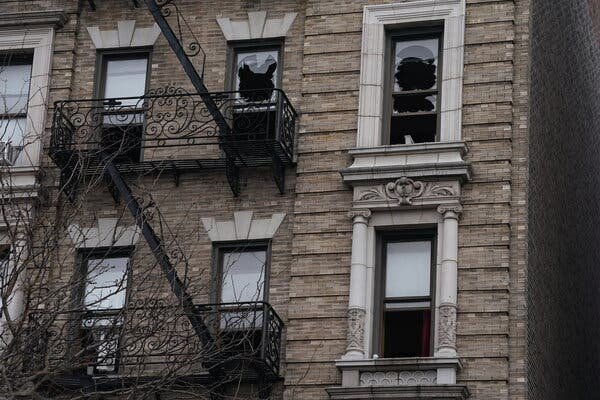The city is moving forward with its plan to close Rikers Island by building a new jail in Chinatown, Manhattan. Construction firms Tutor Perini and O & G Industries have been tapped for the project. The timeline for completion is uncertain, with the final cost and timeline expected to be public in spring 2025. The plan also includes new facilities in each borough except Staten Island, with improvements aimed at reducing the burden on detainees and their families. Some community members have raised concerns about the construction’s impact on their neighborhoods. The overall estimated cost of the project has increased to at least $15 billion.
The closure of Rikers Island in New York City is making significant progress with the recent selection of construction firms to build a new jail in lower Manhattan. The Department of Design and Construction has chosen Tutor Perini and O & G Industries to construct a 1,040 bed facility on White Street in Chinatown.
This development marks a crucial step in the city’s plan to shut down Rikers Island and replace it with borough-based jails. Tutor Perini was also selected to build a jail in Brooklyn in May 2023. The initial partnership for the Manhattan location fell apart due to a dispute over insurance costs, leading to the current selection of construction firms.
While the construction plans are moving forward, there are still several steps to be completed before the project begins. The final collaboration must be reviewed and approved by various city departments, which may take several months. Construction is not expected to start for some time, with a projected completion date in the spring of 2025.
The closure of Rikers Island has faced challenges, including concerns about increased costs and a rise in the jail population. Despite these obstacles, the city is committed to the borough-based jails plan, which aims to provide better facilities closer to courthouses and improve conditions for detainees and their families.
The new facilities will eliminate the need for long and grueling transportation processes for court appearances, known as “bullpen therapy.” Advocates believe that the improved access to facilities will help reduce violence and create safer communities.
However, not all community members support the construction of new jails in their neighborhoods. Some activists in Chinatown have raised objections, citing concerns about noise and disruptions caused by the construction. The Department of Design and Construction has implemented measures to minimize the impact on residents and businesses in the area.
As the city progresses with the closure of Rikers Island, additional space is needed to accommodate the growing jail population. The city’s Board of Correction has approved the addition of 10 beds in housing units on Rikers Island to address this issue temporarily. The city is working to complete the new facilities by 2027 to comply with legal requirements.
The cost of the borough-based jails plan has increased significantly, with estimates now exceeding $15 billion. The rise in costs is attributed to factors such as increased building materials and labor expenses. Despite the challenges, the city remains committed to the closure of Rikers Island and the construction of new jails in each borough.
In conclusion, the selection of construction firms for the Manhattan jail project is a significant milestone in the city’s plan to close Rikers Island. The project faces challenges, but the city is determined to improve the jail system and provide better facilities for detainees. The construction of new jails in each borough aims to create a more humane and efficient justice system for all New Yorkers.
Source: TheCity.NYC









